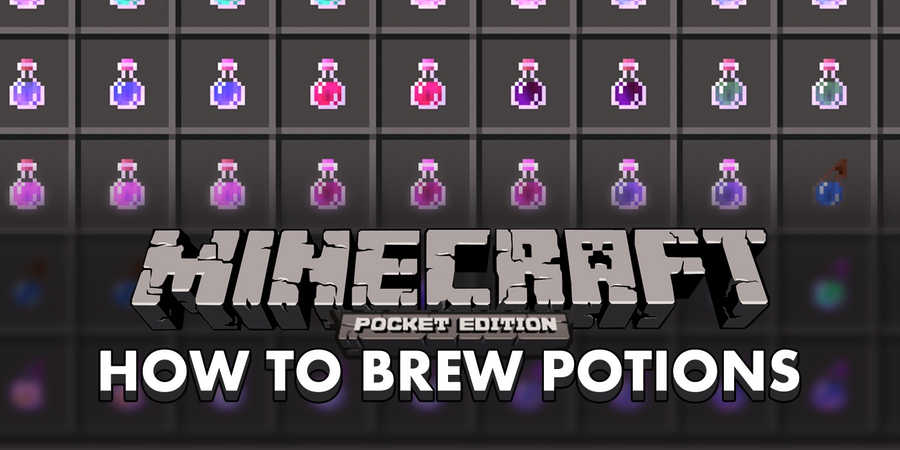

Video games for children, teens and young adults bring in $10 billion a year in the United States. Certainly some of the games offer harmless entertainment and maybe even some educational value. But the games that seem to be the most eagerly anticipated, the games that major retailer Zany Brainy says "the industry is focusing on," and the games that fly off the shelves as soon as they're released are those rated "M" for mature and "AO" for adults only.
To garner an "M" rating, the content is intended for people aged 17 and older, and may contain sexual themes and intense violence or language. An "AO"-rated game is suitable only for adults 18 and over, and may include graphic depictions of sex and/or violence.
The popularity of the games is astounding. According to a 2004 report by the National Youth Violence Prevention Resource Center, a 2001 review found that 49 percent of the 70 top-selling video games contained serious violence. Out of all games, 41 percent required violence for the protagonists to achieve their goals. And in 17 percent of the games, violence was the primary focus of the game itself.
The violence is often brutal and degrading to women. In the game "Duke Nukem," for instance, a player can enter a room with naked women saying "Kill me," while tied to posts. In the Grand Theft Auto series, one of the most popular and also most violent and controversial of the games, a player is rewarded if he has sex with a prostitute and then murders her (the most recent of the series, Grand Theft Auto: San Andreas, was the best-selling title in 2004).
Whether or not these games contribute to violent "real-life" behavior among their primary users (pre-teen and teen boys) has spurred major controversy. And, as with most hot-button issues, there are strong proponents and opponents on either side.
Yes, Video Games Cause Violence
Much attention was brought to video game violence after it was realized that the two teenagers behind the Columbine High School shootings played (and even created their own levels of) DOOM, one of the first "first-person shooter" video games (attesting to its popularity, a movie version of DOOM was just released on October 21).
The most recent study on the topic, to be published in the January 2006 edition of Media Psychology, found that playing violent video games does indeed cause violent thought patterns in the brain.
A team of international researchers observed 13 males, aged 18 to 26, for the study. It was found that, after playing a mature-rated game, 11 out of the 13 participants showed significant effects from the games.
"There is a causal link between playing the first-person shooting game in our experiment and brain-activity pattern that are considered as characteristic for aggressive cognitions and affects," said Ren? Weber, assistant professor of communication and telecommunication at Michigan State University (MSU) and a researcher on the project. "There is a neurological link and there is a short-term causal relationship.
"Violent video games frequently have been criticized for enhancing aggressive reactions such as aggressive cognitions, aggressive affects or aggressive behavior. On a neurobiological level we have shown the link exists," he says.
Previous studies have also found such links. Said psychologist Craig A. Anderson, Ph.D.:
"Violent video games provide a forum for learning and practicing aggressive solutions to conflict situations. In the short run, playing a violent video game appears to affect aggression by priming aggressive thoughts. Longer-term effects are likely to be longer lasting as well, as the player learns and practices new aggression-related scripts that can become more and more accessible for use when real-life conflict situations arise."
Some researchers say that violent video games are worse than watching similarly violent TV programs or movies because the interactive nature of the game makes the player become involved and learn to identify with the aggressive game character.
No, Video Games and Violence are Not Related
On the other side of the coin are those who argue that no such link exists. One recent study at the University of Illinois at Urbana-Champaign supports this case. After playing a violent video game called Asheron's Call 2 (AC2) for an average of 56 hours in a month, no link between the game and real-world aggression was found in the 75 players (average age 28).
Said lead author Dmitri Williams, "Players were not statistically different from the non-playing control group in their beliefs on aggression after playing the game than they were before playing. Nor was game play a predictor of aggressive behaviors. Compared with the control group, the players neither increased their argumentative behaviors after game play nor were significantly more likely to argue with their friends and partners."
Another study of 35 8- to 12-year olds, in which the children played a non-violent and a violent video game for 15 minutes each, found the game playing did not alter the children's previous tendencies toward aggressiveness or empathy.
Are the Game Ratings Enough?
Just as controversial as the violence issue is whether or not the game ratings go far enough. While some contend that it's up to parents to monitor the game ratings and their children's exposure to them, a study found that many parents, though aware of the ratings and of their meanings, do not take them seriously.
"Most parents think their child is mature enough so that these games will not influence them," said Jurgen Freund, chief executive with the Swiss research firm Modulum.
According to the study of over 1,000 UK adults, parents were more concerned with the number of hours their children were playing video games than with what game they were playing.
"Parents perceive age ratings as a guide but not as a definite prohibition," said Freund. "Some may have not liked the content but they did not prohibit the game."
And while the debate is likely to continue on a large scale in years to come (California Governor Arnold Schwarzenegger recently signed into law Assembly Bill 1179, which prohibits selling or renting violent video games to Californians under 18), one thing's for sure -- kids will continue to be drawn to them, if for no other reason than because they're not supposed to have them.
"We called it Magic 18," said Freund. "The 18+ label was seen as promoting the content, promising adult content rather than saying 'my parents will stop me playing this.'"




 Octodad: Dadliest Catch - Tips and tricks to keep up the ruse
Octodad: Dadliest Catch - Tips and tricks to keep up the ruse Infinite Pics Villains Pack Level 0-99 Answers
Infinite Pics Villains Pack Level 0-99 Answers Cooking Dash 2016 - Tips, Tricks, and Strategies to Make You The Fastest Server Out There
Cooking Dash 2016 - Tips, Tricks, and Strategies to Make You The Fastest Server Out There Clash of Clans Hack 2016 - Cheats for Coins, Gems & Elixir
Clash of Clans Hack 2016 - Cheats for Coins, Gems & Elixir How to make a brewing stand and create potions in Minecraft: Pocket Edition (0.12 tutorial)
How to make a brewing stand and create potions in Minecraft: Pocket Edition (0.12 tutorial)